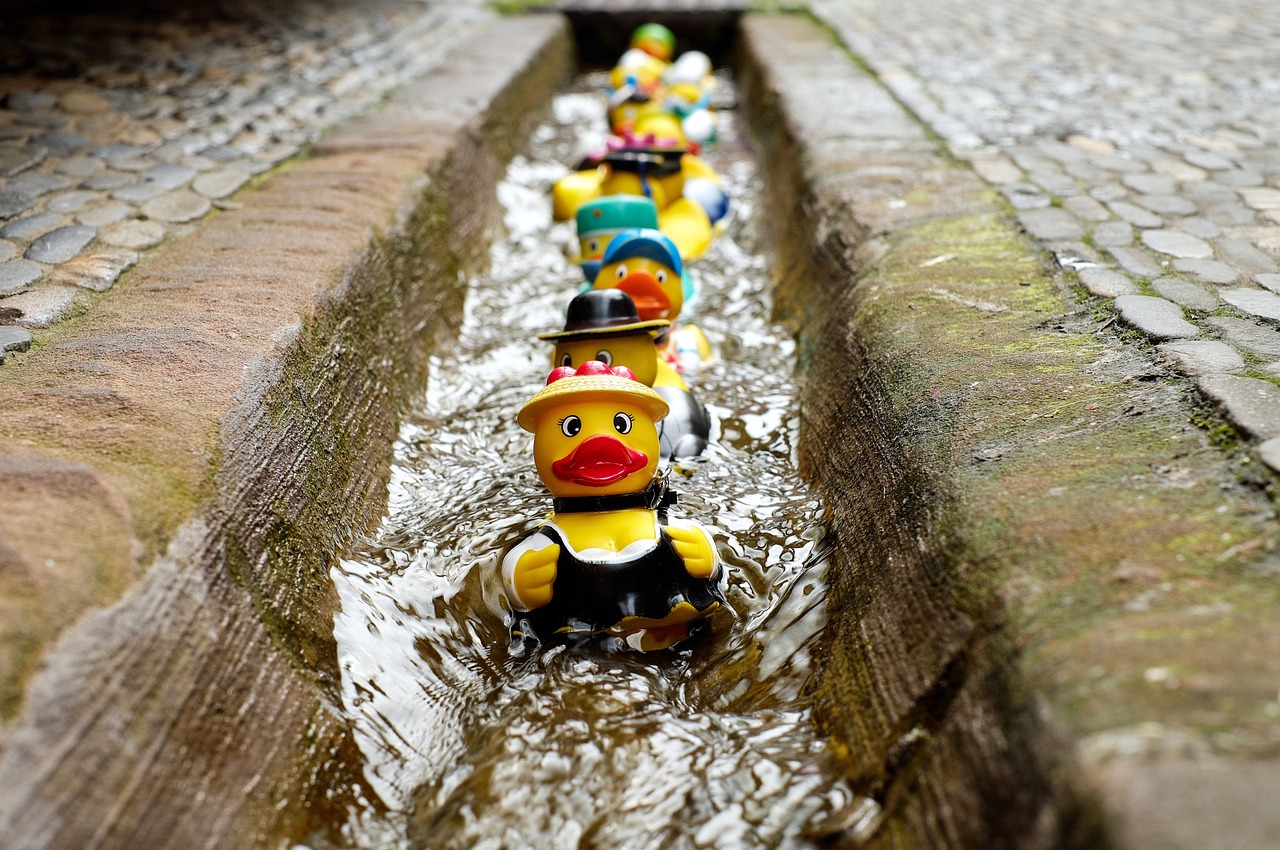Children’s understandings of the physical world continue to develop through adolescence and into adulthood. Even adults can continue to develop their understandings of why some things float and some sink. It’s a good topic for discussion.
You will need
Large bowl of water; about ten different objects – some that float, some that sink; paper and pen; child
Activity
Choose some objects that sink, some that float and some that behave in interesting ways in water. Some ideas are: cotton-wool ball, apple, button, candle, paper clip, sponge, plastic cup, CD, biro, 5p piece, toothbrush, ice cube.
- Show the objects to your child and ask them to sort them into two piles; one for things that they think will float and one for those that they predict will sink. Don’t say what you think yet.
- Ask your child to explain why each object will either sink or float. Write down the name of each object and the reason your child gives for their ‘prediction’.
- Mix up the objects again and ask your child to test each one in turn in the bowl of water. Are there any surprises? If there are, ask your child to explain them.
Now you can say why you think each object behaved as it did. Talk about the reasons that you and your child gave. Are the reasons very different?
The explanation
Most children (and quite a few grown-ups!) like water play. It’s a good way to explore the properties of different objects and materials.
When they’re playing, children come up with their own explanations for why things behave in water as they do. Sometimes their ideas are unusual, ‘the water pulls it down’, or inconsistent, one plastic object floats ‘because it’s plastic’, but another object, also made of plastic, sinks ‘because it’s heavy’.
Children often seem to go through stages in the way that they reason about floating and sinking. At first, they may concentrate on the properties of the objects themselves: ‘heavy things sink – light things float’. When they find that this doesn’t always give them the right answer, they may move on to ‘things float if they’ve got air in’. They will often puzzle, too, about how a heavy thing like a ship could possibly float, then they may begin to understand the concept of ‘light for size’, recognising another important aspect is the shape of the object.
At some point, children realise that there are different sorts of floating. If you used a CD or managed to float a needle, for example, you probably found the idea that ‘it stays down once it’s sunk’ is different from ‘it comes up again if it’s pushed down’.
Talking to your child about finding good explanations is also going to be helpful to them when they get involved in science at school. You’re probably used to your child asking you ‘why?’, but it’s also good to turn the tables, like in this activity, to find out how they explain things.
If you hear them rush out of the bathroom shouting ‘Eureka!’, change their name to Archimedes!







Rate and Review
Rate this activity
Review this activity
Log into OpenLearn to leave reviews and join in the conversation.
Activity reviews